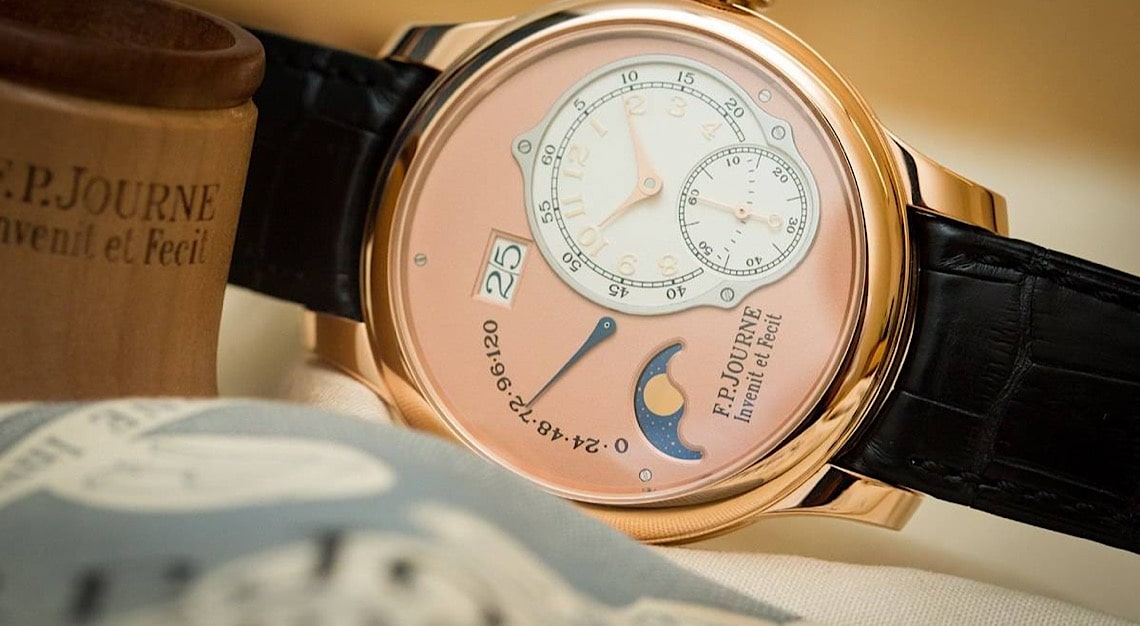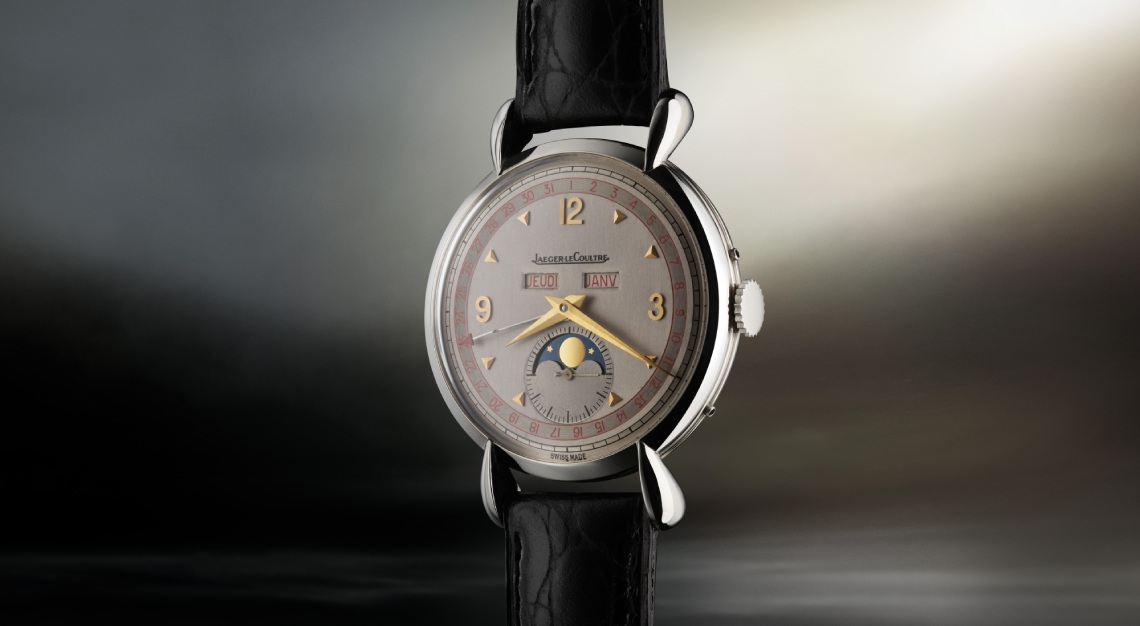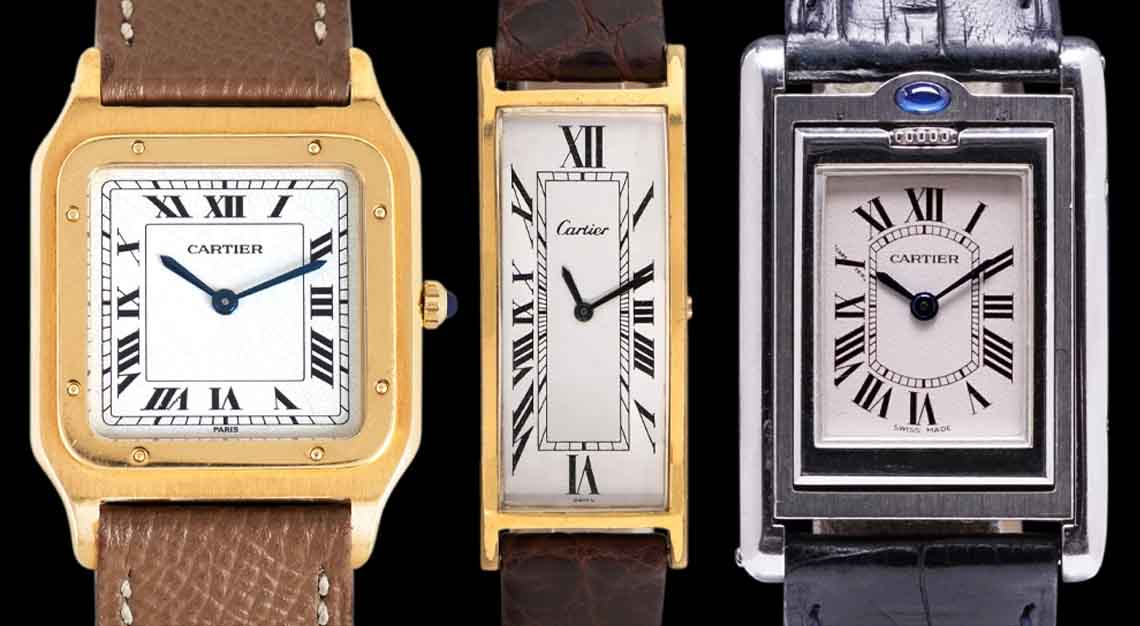Once tools, these timepieces are now scarce, highly sought after, and expensive to collect
There’s a certain romanticism surrounding issued military watches, the origins of which are difficult to articulate. In our digital age, part of the romance must stem from the way that many of these watches were constructed—they were analog things with mechanical guts, and to use one required interfacing with it, either via the crown or from physical movement. Put it in a drawer and forget about such a watch, and it would, in turn, forget to do its job.
Another part of this romance concerns the nature of their conception: In certain cases, an arm of a particular country’s military would put forth a tender with requirements for a specific type of timepiece that would do a specific type of job. Multiple companies might answer such a tender with their own entrants, and the best would be chosen by the military and issued to its soldiers. Now this is a purpose-built tool — the type of thing that seems so rare in an era in which an Amazon search yields, quite literally, countless results for any and all products, many of which are of questionable quality.
But the real draw of military watches—or mils spec watches—is one that’s harder for many collectors to own up to. Such a collector will hold an issued watch from the Second World War, or from the Six-Day War, or from Vietnam, and think two things: “What did you see?” and more importantly: “Will I ever do anything as important or as brave as the person who once wore this watch?” Of course, said soldier could very well have sat on their rear end “flying a desk,” but the lack of certainly is part of what makes a mil-spec watch purchase exciting. The only thing that makes one more exciting is confirmed provenance.
To be fair, there are myriad reasons for purchasing an issued military watch: Some people are drawn to their history; others simply like their aesthetics. And some do indeed engage in a kind of private cosplay, one in which they might mentally embody the person to whom the watch was issued, but without having to stick their head out of a foxhole and risk a first (and last) encounter with a 120mm mortar round. To each their own.
What is certain is that, for many collectors, mil-spec watches represent a highly compelling niche within a niche. There’s something about the pared-back, utilitarian aesthetic of a military timepiece that is accidentally beautiful. Even in the 2020s, as vintage watch collecting has reached a fever pitch, many such watches—especially rather small ones—are still eminently affordable. But the rare stuff, the more robust stuff, the stuff with recognisable names on it? Those things are museum pieces now—the type of fare that haunts the dreams of Indiana Jones.
What follows are a few of the rarest, most sought-after, most expensive mil-spec watches in the world. And while it’s by no means an exhaustive list, it should whet your whistle for the big old world of military watches—a fascinating subset of horology and a rabbit hole from which few return without a newfound appreciation for purpose-built design.

Benrus Type 1 Class A
Between 1972 and 1980, American watchmaker Benrus provided simple, hard-wearing dive watches to elite U.S. forces such as UDT/SEALs and C.I.A. special operatives. Dubbed “Type I” and “Type II,” they differed only in their dial configuration, which contained either circular, triangular, and rectangular dial indices with no other markings (I); or Arabic indices with an inner 24-hour scale (II). Two further designations were produced, with “A” watches featuring tritium lume, and “B” having none so as not to interfere with sensitive equipment, such as that of a nuclear submarine. Though the Mil-Spec MIL-W-50717 lives on in several modern tribute watches, original, vintage versions are highly coveted. Price: ~US$7,000

Breitling Reference 817 CP-1
Of course the Italians would commission one of the handsomest military watches of all time. The Breitling ref. 817 “CP-1,” for “Cronometro da Polso”, was said to be issued to both helicopter pilots and paratroop officers of the Battaglione Paracadutisti Carabinieri Tuscania. Housed in a 39.5mm stainless steel case and featuring a rotating timing bezel, this gorgeous watch housed a hand-wound Valjoux 236 movement feeding a dual-register chronograph on a matte-black dial with luminous Arabic indices and a luminous sword handset. Produced in a run of perhaps 500-1,000 examples, some were sold as military surplus in 2016 with their original, Japanese-made expanding steel bracelets. If you can snag one of these, consider yourself one lucky collector. Price: ~US$15,000

Tudor Submariner M.N.
While there were several generations of Tudor Submariner watches issued to the Marine Nationale (French navy), it’s the versions with “snowflake” hands that gets collectors’ hearts racing. Designed at the bequest of the M.N, these “snowflake” reference 7016/0—and, later, ref. 9401/0—provided extra surface area for luminous material and an easy way to quickly differentiate the crucial minute hand underwater. Combined with their square, rectangular, and diamond-shaped indices and their black or blue dials, these watches are signed “M.N” with the two-digit issue year on their caseback. If you can find one with its decommissioning papers, you’ve scored yourself a rare find, indeed. Price: ~US$30,000+

Longines ref. 5824 “I.D.F.”
Issued in the 1950s to Israel Defense Forces fighter pilots, the Longines reference 5824 is an excellent example of the brand’s specialisation in complicated chronograph movements in the early- to mid-20th century. Powered by the Cal. 12.68Z, the ref. 5824 features a central-minutes chronograph and a pusher, located at 2 o’clock, with unique functionality: Depress it lightly and it stops the chronograph; depress it fully, and it resets it, making for a distinctive take on the flyback complication. Housed in a positively huge 47mm stainless steel case with an equally imposing onion crown, this “Stopseconde” also features a rotating timing bezel, allowing a pilot to perform multiple calculations. Price: ~US$30,000+

Grana W.W.W. “Dirty Dozen”
At the tail end of WWII, 12 firms—nicknamed by modern collectors the “Dirty Dozen”—were contracted by the British Ministry of Defense to deliver watches conforming to certain specifications: a black, luminous dial with a railroad minute track; a water resistant case measuring between 35-38mm; a hand-wound, chronometer-grade, 15-jewel movement between 11.75-13 lignes in size, and so on. While certain companies like Omega were able to produce tens of thousands of watches, a smaller company such as Grana only made between 1,000-5,000 pieces. Powered by the KF320 movement from Certina, this unassuming little mil-spec watch will cost you as much as a new Toyota Corolla. Price: ~US$30,000+

Breguet Type 20 “Sterile”
In the 1950s, the French Aéronautique Militaire issued a tender for a military chronograph with flyback functionality—meaning, the user should be able to restart the chronograph without first having to stop it. Several companies replied to the tender and produced the resulting Type 20, but Breguet’s is perhaps the best known among them. Featuring a black dial with a two- or three-register chronograph housed in a steel case with a large onion crown and a knurled, bi-directional bezel, it was powered by a hand-wound caliber from Valjoux. Flip an issued version over and you’ll probably find fin de garantie numbers, indicating service dates, in addition to issue numbers. Early “sterile” dial versions, without any branding, are particularly rare. Price: ~US$40,000+

Blancpain Fifty Fathoms Mil-Spec I
Following World War II, French officers Captain Robert “Bob” Maloubier and Lt. Claude Riffaud were looking for a watch with which to outfit their new Nageurs de Combat diving unit. Teaming up with then-Blancpain CEO Jean-Jacaues Fietcher, they conceived the Fifty Fathoms, which would find its way onto the wrists of frogmen in the French, American, and other navies. The Mil-Spec I, with its special moisture indicator on the dial, would alert the wearer to moisture incursion, and the matte-finished steel case and matte-black dial kept reflections to a minimum. Though certain examples may have been sold to civilians, the Mil-Spec I remains a compelling piece of military dive watch history. Price: ~US$40,000

Omega Seamaster 300 ref. ST 165.024 W10
Launched in the 1960s, the Omega Seamaster 300 reference 165.024 updated the 1957 ref. CK 2913-1 with twisted lugs, a wider, fully hashed timing bezel, and a 42mm diameter case. Issued to British forces between 1967 and 1971, this diver found its way onto the wrists of Army personnel under the “W10” designation, and Royal Navy personnel under the “0552” designation. Mil-spec versions are further different from civilian versions given their circled “T” tritium dial; fixed spring bars; broad arrow hands; and caseback markings. Finding one in good condition with said marking intact is a tough proposition—finding one with other forms of provenance such as documentation and pictures is even tougher. Price: ~US$45,000+

Panerai Radiomir Mil-Spec GPF-2/56 “Egiziano”
In the early 1950s, the Egyptian military sought to establish its own naval combat diver cadre to combat possible threats from the nascent Israeli state. In spinning up its diving corps, it relied on training from veterans of the Decima Flottiglia MAS, the frogman unit of the Italian navy during the Second World War. Panerai, long in use by the Italian navy, built for the Egyptians a new reference called GPF-2/56, which was delivered in 1956—the year of the Suez Crisis. Housed in an enormous 60mm stainless steel case, it featured a rotating dive bezel, a crown protection device, a hand-wound Angelus cal. 240 movement with eight days of power reserve, a sandwich dial with Radiomir lume, and a sub-seconds display at 9 o’clock. Price: ~US$200,000+
This story was first published on Robb Report USA






